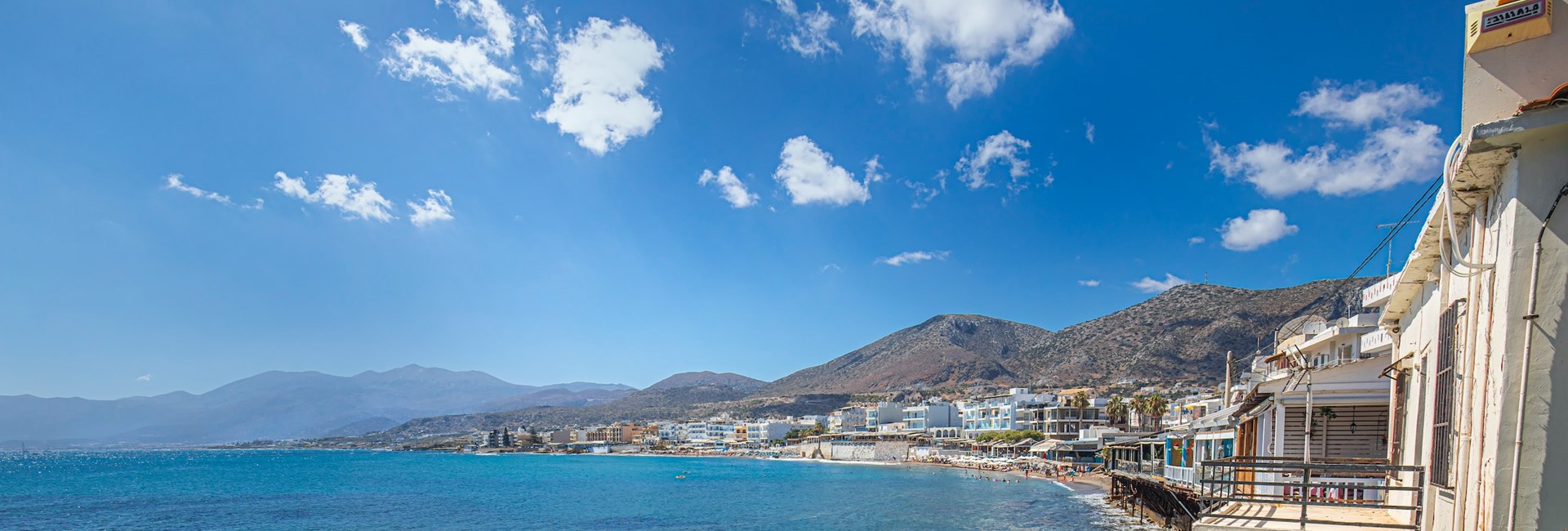Gouves' privileged location near Heraklion offers an abundance of exploration options. While its stunning beaches are undoubtedly the jewels in the crown, offering picture-perfect seascapes, the region's cultural treasures add an extra layer of excitement to your trip. From the fascinating remains of Minoan civilisation to breathtaking natural sites, Gouves invites you to soak up its rich cultural treasures.
Best attractions & excursions in Gouves
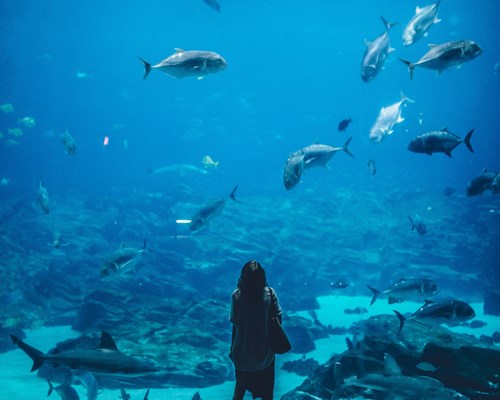
Cretaquarium Thalassokosmos
Nestled near Gournes beach, CRETAquarium, part of the Hellenic Centre for Marine Research, promises a captivating underwater adventure. Explore a world of vibrant marine life housed in colourful tanks. Witness the grace of sea turtles, the marvel of octopus and even the awe-inspiring presence of hunter sharks, all native to the Cretan region. Whether you're a passionate photographer, a curious explorer or simply looking for a fun family outing, CRETAquarium offers an unforgettable experience.
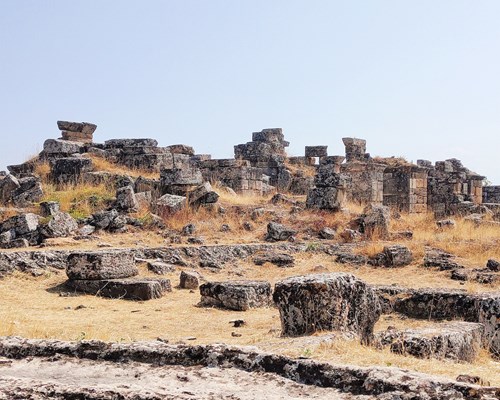
Minoan Settlement of Gournia
The name of this ancient settlement comes from the hollow vessels known as gourni found throughout the site. Situated on a green hill overlooking the Gulf of Mirabello, to the west of Pacha Ammos, it is around 19 km from Agios Nikolaos. The ruins of this historic town lay claim to the title of the most excavated Minoan town in Crete. Locals call it "the Pompeii of Crete", which flourished between 1550 and 1450 B.C. Stroll through a playground of rustic artefacts and appreciate the cultural significance of this well-preserved ancient settlement.

Enjoy the night-time scene
Gouves has a lively nightlife scene with bars, clubs and electric music venues. A multitude of beach clubs line the water's edge. The Isla Bar restaurant is one of our favourites. It offers luxury meals with sea views under thatched roofs, giving it a Bohemian and intimate atmosphere. The Anfield Bar is another winner, serving a British-inspired sports bar with live music. It's a great choice for anyone craving a cosy home-from-home feel. If you're looking for a night in paradise, Baraki Bar, Maria Yannis and KonDimAr Cocktail Bar offer DJs, live music and an atmosphere like no other.
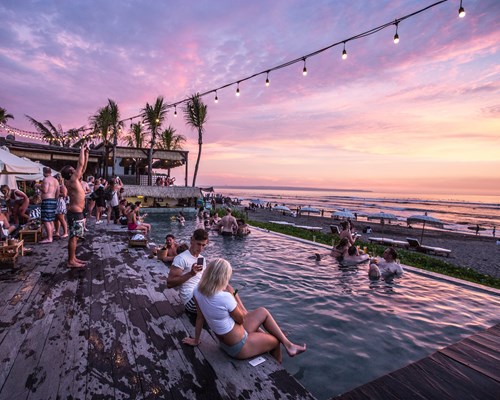
Matala Beach Festival
Since 2011, the Matala Beach Festival has been taking place every year, usually in June. The authentic hippie village is transformed into a flower power oasis celebrating the musical era of the 60s and 70s, along with Matala's incredible past and all aspects of art, from poetry and literature to music, art and dance performances. Stroll along the main streets behind Matala to find everything from craft competitions to live music and scrumptious grilled treats.
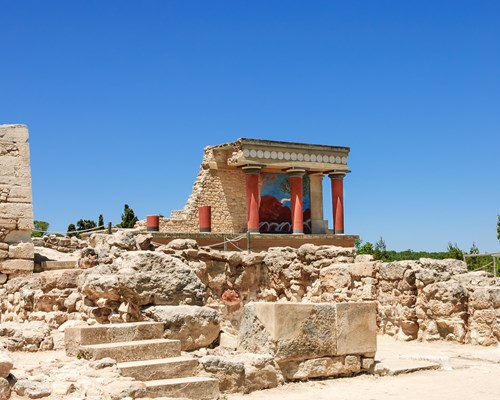
Palace of Knossos
The Palace of Knossos, near Heraklion, is the finest of Minoan sites in Crete. Once a settlement of great importance as the political, administrative and cultural centre of Minoan civilisation in the Bronze Age, today it is a fascinating world of history with the ruins of the Villa of Dionysus, the House of Frescoes, the Western Propylon of Knossos and much more. This is not only the site of the largest Minoan palace, but also the house where King Milos built a labyrinth to contain the mythical Minotaur beast.
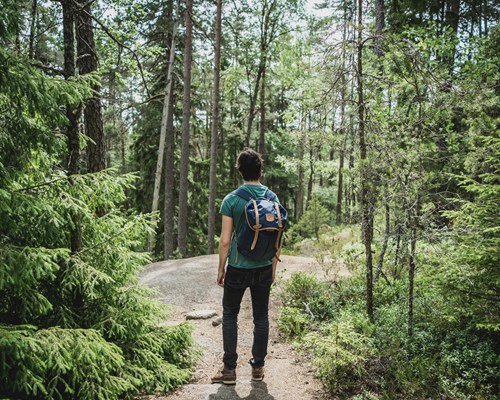
Take a hike
Journey inland and discover the Dikti Mountains, where rolling green valleys and dense forests unfold beneath a canopy of clear skies. Comprised of Mount Spathi, Mount Afentis Christos, and Mount Lazaros, these peaks offer a majestic backdrop for exploration. History and myth intertwine amid the Dikti's grandeur. Hike to the Diktaion Antron, a secluded cave carved into the mountainside. Legend whispers that this very spot served as the birthplace of Zeus, the mighty king of the Greek gods.
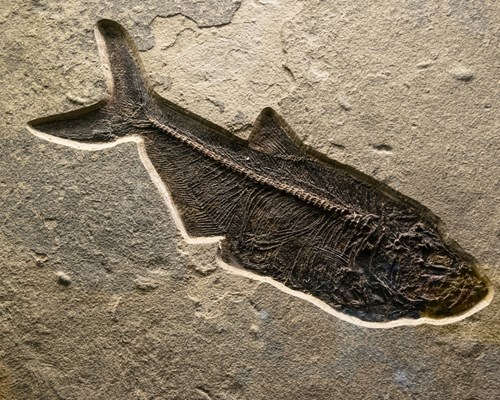
Heraklion Archaeology Museum
The Heraklion Archaeological Museum, nestling in the centre of the Cretan capital, is a must-see attraction on the majestic peninsula. This historic gem houses a vast collection of artefacts from excavations all over Crete, with the museum's most famous masterpieces, the Phaistos Disc, a mysterious clay disc covered in indecipherable symbols, and the bull-headed rhyton - a striking piece of Minoan art depicting a bull's head.

